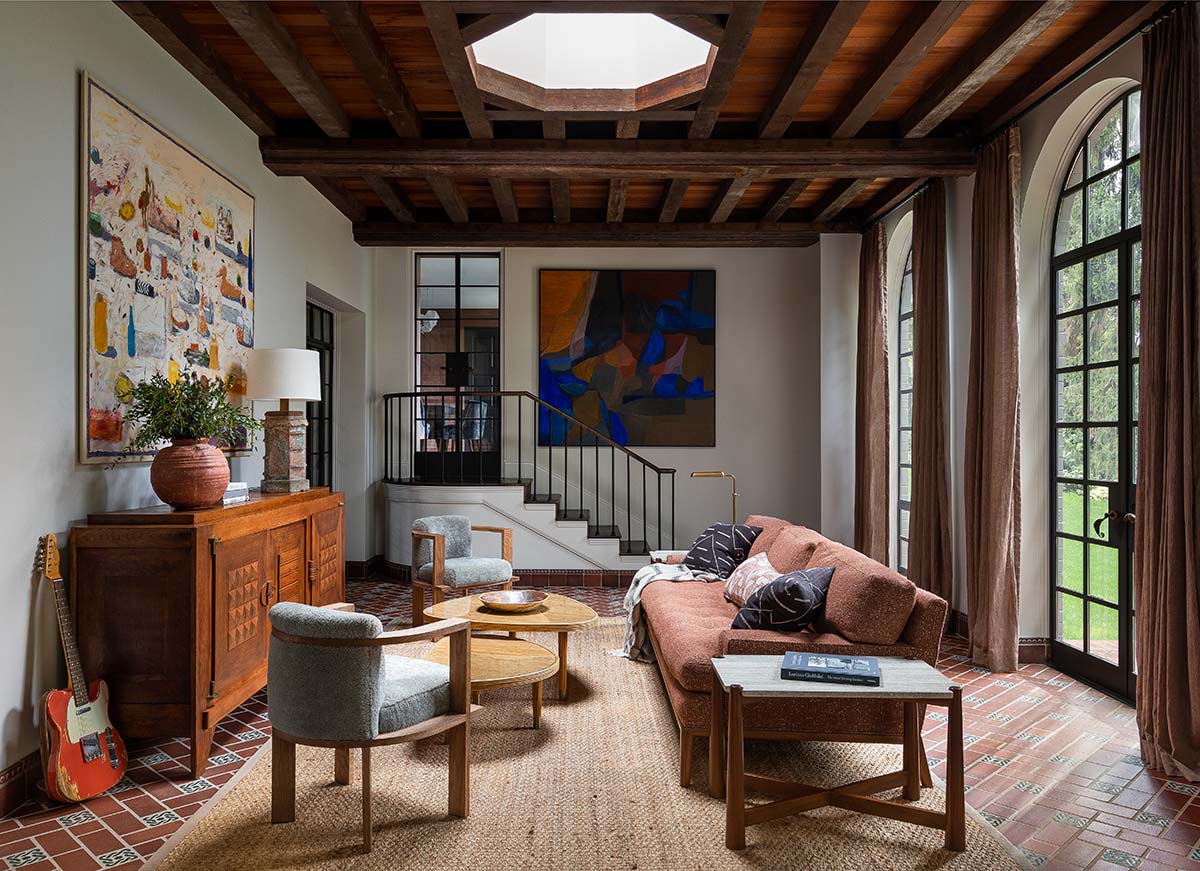Throughout the design process, the designer is the composer, putting notes on the page to create a beautiful song. But on install day, they’re the conductor—making sure everything (and everyone) is in the right place at the right time, sometimes in eight hours or less. What does it take to cross the finish line? We asked six designers who they bring with them on the big day, how they kick out their clients, and how they set themselves up to solve the problems that inevitably arise.
Conventional wisdom is that you do the installation when the clients aren’t home to see the process unfold. How do you convince them to stay away—and how long do you ask for?
Anthony Dunning: I convince my clients to stay away by getting them to agree to do so at our initial meetings. I find that if I set the expectation at the beginning of the process, there is much less confusion about what is expected on installation day. We request that pets remain away as well.

BOH subscribers and BOH Insiders.










































